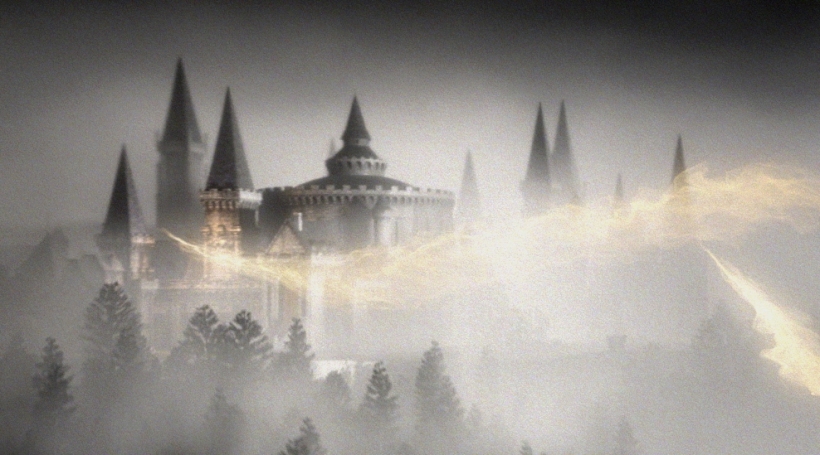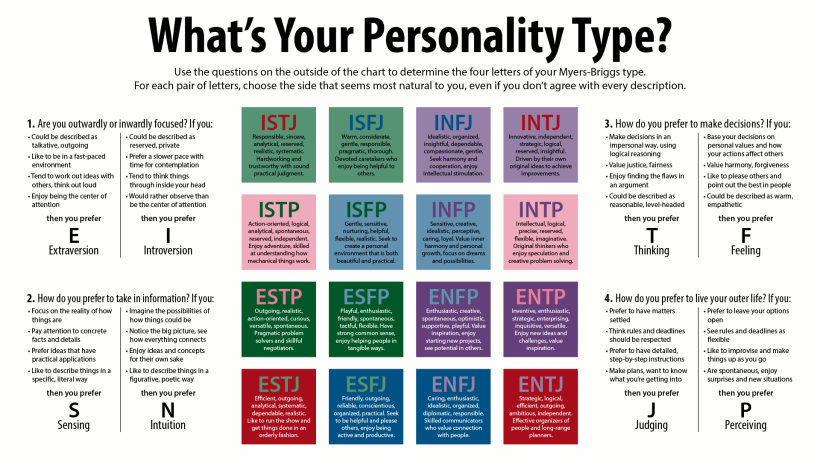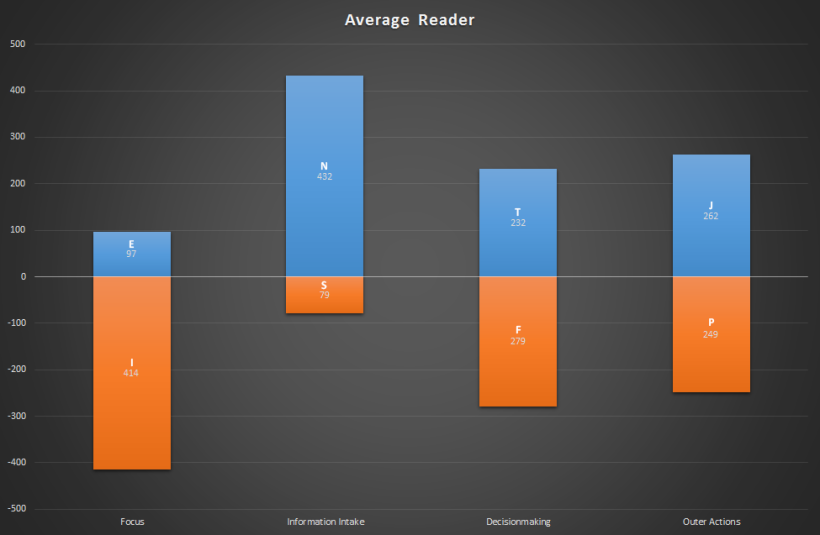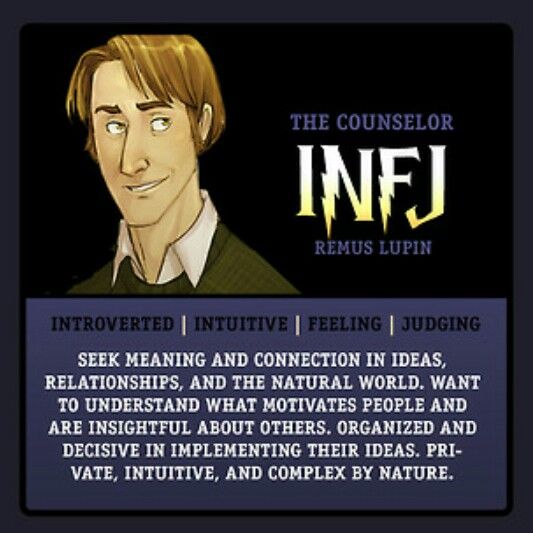
Everyone who’s read Harry Potter has at some point attempted to sort themselves (and, let’s be honest, their friends sometimes as well) into one of the four Hogwarts houses. J. K. Rowling managed to create a world so rich in lore, so full of depth and yet easily accessible, that it was no wonder that people of all ages would try to see where they would fit if this fantastic world.

Enter Pottermore. Created in 2009, the website enabled its subscribers to be part of a social media platform for all things Harry Potter. And among the features was none other than a Sorting Hat test – finally, a way to “officially” determine what house one would belong in. Whether the courageous Gryffindors, the clever Ravenclaws, the kind Hufflepuffs or the ambitious Slytherins, everyone found ways to represent themselves. Even then, 4 categories are rarely sufficient when it comes to defining one’s personality, but broadly speaking people were satisfied, with even the concept of “hybrid houses” flying around.
Enter Ilvermorny. According to Rowling, Ilvermorny would be the Wizarding School located in North America, with its own incredible story and depth, not at all unusual when it comes to her worldbuilding. However, the Ilvermorny houses are not simply Hogwarts counterparts – they define themselves on another axis, which concerns itself more with macro traits (“healers, adventurers, warriors, scholars”). Talking broadly about it, if Hogwarts concerns itself with a single stat (such as courage, intelligence, kindness or ambition), Ilvermorny concerns itself with the traits of a person’s path, not the person itself.
With 4 houses on each school, we get a total of 16 combinations, each arising from combining a unique Hogwarts house with a unique Ilvermorny house, as sorted by Pottermore. Enter MBTI typology. For those unaware, MBTI stands for Myers-Briggs Type Indicator, and attempts to categorize people into “types” according to their tendencies on 4 axes. There are 4 categories (Focus, Information Intake, Decision-making, and Outer Actions) for which there are two extremes, and people are placed in a scale between those extremes.

So for example, a person might have a stronger tendency towards Extraversion than Introversion (that’s Focus), might take information in more through Sensing than through iNtuition, make their decisions based on Thinking as opposed to Feeling, and lives an outer life through Perception rather than by Judging. That means this person would be an ESTP.
So 16 houses, 16 MBTI types – the question arises naturally, is there any way to correlate these two, and is there a direct correspondence between a house and a personality type? With these questions in mind, I set up a Survey on Google forms and asked the kind folks of Reddit and Tumblr to chime in with their sorting (both for Ilvermorny and Hogwarts) and their MBTI type. After receiving 511 replies in two days, and seeing as they were no longer coming in in force, I decided it was time to get to number crunching.
The first thing to be done was define where our neutral person was going to be. Not all personality types are represented in equal proportions worldwide, and even less so when we look at our sample base (Harry Potter readers, online, either on Reddit or on Tumblr). There is always going to be an inherent bias when a specific subset of the population is surveyed, so we had to find our “average” person there and start from that point.

Out of those 511 replies, we can see that there’s a heavy trend on some of those axes. The clearest trends are on Focus and Information Intake – only 97 people were more Extrovertly Focused, and only 79 people took information mainly through Sensing. The other axes are more varied, with Outer Actions being split almost perfectly down the middle (51.3% to 48.7%). All in all, what we can say is that the average reader, the “ideal” neutral person against whom we’re going to be comparing our findings, has the following characteristics.
“The average Harry Potter reader who completed this survey has a strong tendency towards Introverted Focus (81%), Intuitive Information Intake (85%), Decision-making through Feeling (54%) and Outer Actions through Judging (51%). This means that our average survey taker is an INFJ”

Why is this necessary? Because as you can see, there is a really strong tendency in those areas, to the point that if we were to take individual houses’ reports without context, we would come to the conclusion that all houses have Introverted Focus and Intuitive Information Intake, leaving room for change only on 2 variables.
By setting an average standard, we can see how much more likely a person from that house would be to have a certain personality trait – sure, all houses have more introverts than extroverts, but the ratio is 9:1 on Hufflepuff and 3:1 on Gryffindor, so we would be missing out on a tremendous amount of information if we dismissed those numbers because of a sample bias.
I’m going to end this post here because we’re already running over 900 words and this closes out our hypothesis nicely. To sum up:
- We’re looking for correlations between the 16 combinations of Hogwarts/Ilvermorny houses and MBTI types.
- We have established that our neutral person is an INFJ with the above mentioned tendencies, and why it’s important that this be the case.
Next time: a look at the individual Hogwarts houses. See you guys soon!